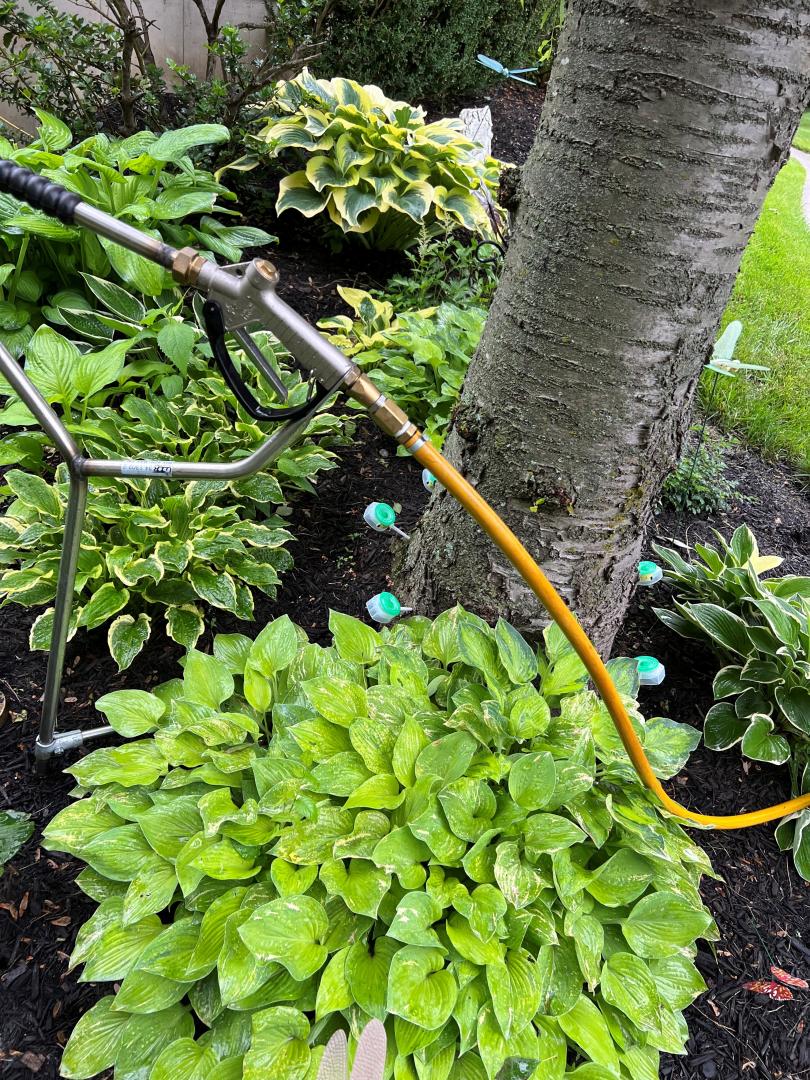Services
We generally evaluate a tree's success by its annual growth but should focus on health maintenance and support its natural ability to fight off diseases and pests. Environmental and cultural conditions play a large role in a tree's long-term viability. In many instances, fertilization may be beneficial, especially for young or newly planted trees. Your individual tree's needs will depend upon many factors like its age, species, and the surrounding plants and soil type.
I customize plant health care programs to the needs of your landscape by:
- Evaluating the current health status of the tree by thoroughly inspecting its condition and identifying abnormalities.
- Determining a specific diagnosis or recommending further testing of the soil, leaves, or twigs, as needed.
- If needed, I will formulate a nutrition program. In some cases, more significant changes like soil remediation or added drainage may be necessary.
Soil Testing
Soil health is critical to successful and long-lived trees. Problems visible in the canopy are often due to hidden problems in the root zone. Knowing the amount of nutrients and organic matter that are available in the soil allows us to make supplemental fertilizers more effective. A generic blend of high nitrogen, potassium, and phosphorus should not be the "go to" for tree health.
Sub-soil Fertilization & Additives
I offer specialized blends of deep root fertilizers with organic micronutrients that boost microorganism activity in the soil to improve the balance of mycorrhizae and tree root health. Optimal tree health is dependent upon the roots ability to absorb nutrients, oxygen, and water. Soil pH dictates if certain nutrients can be accessed by the tree's roots. Compacted soils reduces the expansion of tree roots and thus the volume of soil from which it may obtain the required nutrients.

Figure 1